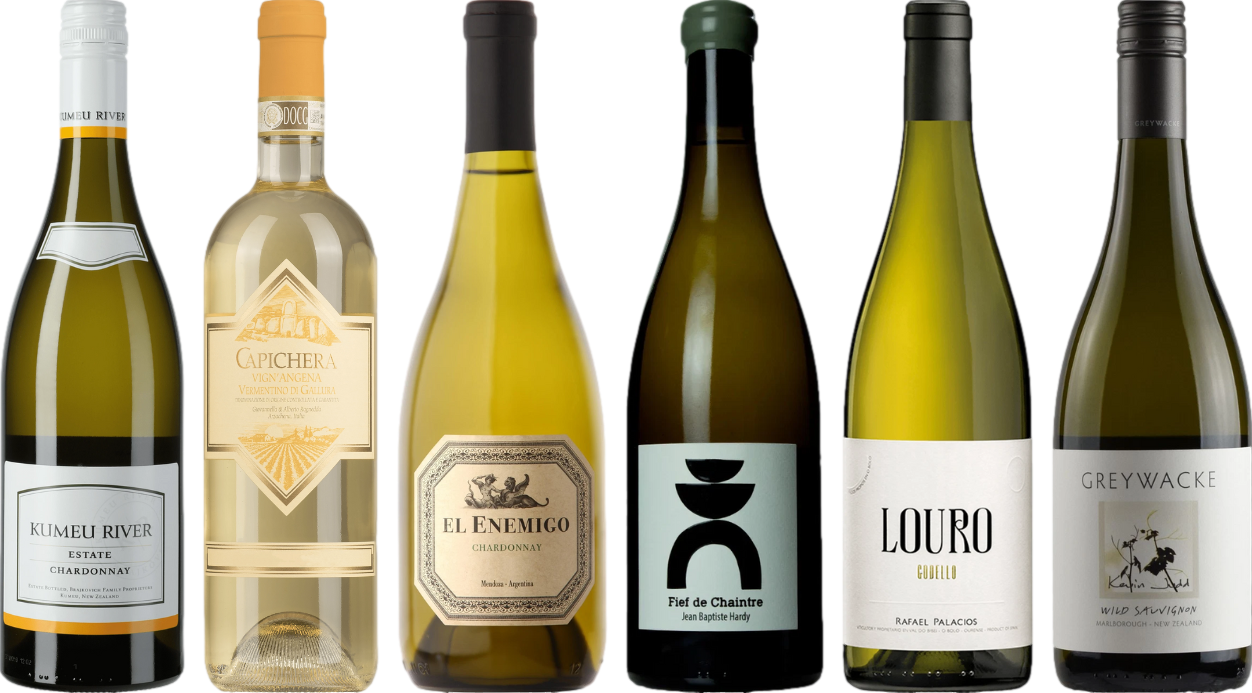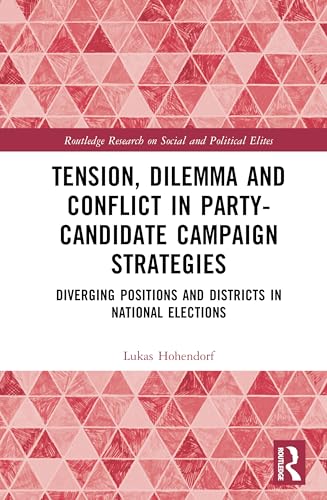



For those mindful of their carbohydrate intake, a standard serving of a typical Chardonnay or Sauvignon Blanc contains approximately 3 to 4 grams of sugar. This translates to about 0.5 to 1 gram of carbohydrates per ounce. When enjoying a full glass, which is generally 5 ounces, you’re looking at roughly 15 to 20 grams.
It’s important to note that the specific varietal and production process can influence these numbers. Dry wines typically have lower sugar levels compared to sweeter options. For instance, a Riesling may contain significantly more, often exceeding 10 grams per serving.
To make informed choices, consider seeking out dry styles if you aim to minimize carbohydrate consumption. When selecting a drink, always check the label or consult with knowledgeable staff at your local wine shop for precise information tailored to your preferences.
Understanding Carbohydrate Content in a Standard Serving of Chardonnay
A typical 750 ml container of Chardonnay contains approximately 15 to 30 grams of sugars. This amount varies based on factors such as fermentation process and residual sugars. If you enjoy consuming this type of beverage, be mindful that sweeter varieties may have a higher sugar content.
Impact on Dietary Choices
If you’re monitoring your dietary intake, knowing the sugar levels helps in making informed choices. Opting for drier selections can significantly reduce sugar consumption. For those who appreciate a crisp, refreshing taste, consider Sauvignon Blanc or Pinot Grigio, which typically have lower sugar levels in comparison to sweeter wines.
Pairing with Food
Selecting dishes to complement your drink can enhance your dining experience. Lighter fare such as grilled fish or salads pairs beautifully with these options. This not only elevates the flavors but also aligns with a balanced nutritional approach.
Understanding Carbohydrate Content in White Wine
When evaluating the sugar content in a typical 750ml serving of a dry variety, expect around 1 to 2 grams, while sweeter options can range from 5 to 30 grams. This variance stems from the fermentation process, where yeast converts sugars into alcohol. In sweet wines, residual sugars remain unfermented, leading to higher levels.
For those monitoring intake, consider the style of the selection. Dry varietals like Sauvignon Blanc or Chardonnay usually present lower sugar content. On the contrary, sweeter selections such as Riesling or Moscato will contribute significantly more to your daily carbohydrate count.
It’s advisable to check labels or consult sommeliers for precise information, especially if adhering to specific dietary goals. Remember, the serving size plays a crucial role; smaller pours will naturally lower the total intake.
For a balanced approach, pairing with food can mitigate the impact of sugars. Foods high in protein or fat can balance sweetness, enhancing the tasting experience while potentially reducing the overall glycemic effect.
Factors Influencing Carbohydrate Content in Different White Wines
The sugar levels in various types of white beverages can vary significantly based on several factors. Understanding these elements is crucial for those monitoring their intake.
Firstly, the grape variety plays a vital role. Some varietals, like Riesling, tend to have higher residual sugar, while others, such as Sauvignon Blanc, are typically drier. This variation affects the final sugar content after fermentation.
Secondly, the fermentation process impacts sweetness. Winemakers can choose to stop fermentation early, retaining more sugars, or allow it to complete, resulting in a drier product. This decision directly influences the carbohydrate levels in the final product.
Climate and region also matter. Grapes grown in warmer climates often achieve higher sugar concentrations due to increased sunlight. For instance, grapes from California may exhibit different characteristics compared to those from cooler regions like Oregon.
Additionally, aging methods can contribute to the overall profile. Wines aged in oak barrels may undergo changes that affect sweetness perception, often giving a richer experience that can mask residual sugars.
Lastly, the winemaking style, whether traditional or modern, can dictate how much sugar is left in the final product. Natural wines, for example, might contain more sugars than those produced using extensive filtration and clarification processes.
| Factor | Influence on Sugar Levels |
|---|---|
| Grape Variety | Varietals like Riesling are sweeter, while others like Chardonnay are drier. |
| Fermentation Process | Stopping fermentation early retains sugars; complete fermentation results in dryness. |
| Climate and Region | Warmer climates yield higher sugar levels in grapes. |
| Aging Methods | Oak aging can influence sweetness perception. |
| Winemaking Style | Natural wines may contain higher sugar levels than filtered wines. |
By considering these factors, one can better understand the carbohydrate content of different varieties and make informed choices based on personal preferences and dietary needs.
Comparing Carbohydrates in Dry vs. Sweet White Wines
For those choosing between dry and sweet options, a typical 750ml container of dry varieties contains around 1-2 grams of sugars, translating to approximately 0-4 grams of total carbohydrates. In contrast, sweeter selections can pack in a higher sugar content, often ranging from 5 to 20 grams per serving, resulting in total carbohydrate counts of 10-25 grams or more per standard size.
Here’s a more precise breakdown:
- Dry White Wines:
- Chardonnay: 1-3 grams of sugar
- Sauvignon Blanc: 1-2 grams of sugar
- Pinot Grigio: 1-4 grams of sugar
- Sweet White Wines:
- Moscato: 20-30 grams of sugar
- Riesling: 10-30 grams of sugar, depending on sweetness level
- Gewürztraminer: 10-25 grams of sugar
When selecting a type, consider your dietary preferences and any specific carbohydrate goals. If minimizing sugar intake is a priority, opt for the drier styles. Conversely, if you enjoy a sweeter palate, be prepared for a higher sugar and carbohydrate content.
For those looking for additional tips on managing household tasks, check out this resource: how do i clean my roof without a pressure washer.
Reading Wine Labels for Carb Information
To effectively assess carbohydrate levels in your favorite fermented grape juice, carefully scrutinizing the label is essential. Look for the nutritional facts section, which may provide specific details about sugar content, typically expressed in grams per serving. This can give a clearer indication of the potential carbohydrate contribution.
Key Elements to Examine
- Alcohol by Volume (ABV): Higher ABV often correlates with increased sugar content, indicating more residual sugars left after fermentation.
- Type of Fermentation: Wines labeled as “dry” usually have lower sugar levels, while “sweet” varieties retain more sugars, affecting carbohydrate totals.
- Serving Size: Make sure to note the serving size mentioned; carbohydrate values can vary significantly depending on how much you pour.
Additional Tips
- Check for any added sugars listed in the ingredients; these can contribute to total carbohydrate counts.
- Look for phrases indicating sweetness, such as “off-dry” or “semi-sweet,” as these often have higher sugar levels.
- Consult online resources or apps that specialize in wine information for more detailed analyses of specific labels.
By taking these steps, you’ll gain a better understanding of the carbohydrate content in the beverages you enjoy, empowering you to make informed choices while savoring your experience.
Carb Content in Popular White Wine Varieties
Chardonnay typically contains around 3-4 grams of sugar per five-ounce serving, translating to approximately 15-20 grams in a standard 750ml container. Sauvignon Blanc, on the other hand, is usually drier, averaging about 2-3 grams of sugar per serving, resulting in roughly 10-15 grams for the entire volume.
Riesling varies significantly; dry versions may have 2-5 grams per serving, while sweeter styles can soar to 10-20 grams. Pinot Grigio remains on the lower end, with around 1-3 grams per serving, totaling about 8-12 grams for a full container.
Popular Selections
For those seeking lower sugar options, consider looking for varieties labeled as “dry.” Gewürztraminer, while often sweet, can sometimes be found in drier iterations that might contain 5-10 grams, depending on the winemaker’s style.
When choosing, always check the specific label, as production methods and regional regulations can influence sugar levels significantly. If you prefer to minimize sugar intake, opt for wines from cooler climates, which generally produce drier styles due to the slower ripening of grapes.
Impact of Carbs in Wine on Dietary Choices
For those monitoring their intake, assessing the carbohydrate content in fermented beverages can influence dietary decisions. Opting for drier options often results in lower sugar levels, making them a suitable choice for individuals aiming to limit their carb consumption.
When selecting a fermented beverage, I encourage considering the occasion and the accompanying food. For example, pairing a crisp, dry variety with seafood complements flavors while keeping sugar intake minimal. Conversely, sweeter selections may enhance dessert pairings but could lead to exceeding daily carb goals.
It’s essential to evaluate personal health objectives. Those on low-carb diets might prioritize drier varieties, while individuals less concerned with sugar may enjoy a broader range of options, including sweeter selections. Always check labels for specific details, as each bottle can vary significantly.
In social settings, understanding the carb content can aid in making informed choices without sacrificing enjoyment. Sharing knowledge about various options can enhance the experience for everyone involved, allowing for thoughtful selections that align with dietary preferences.








